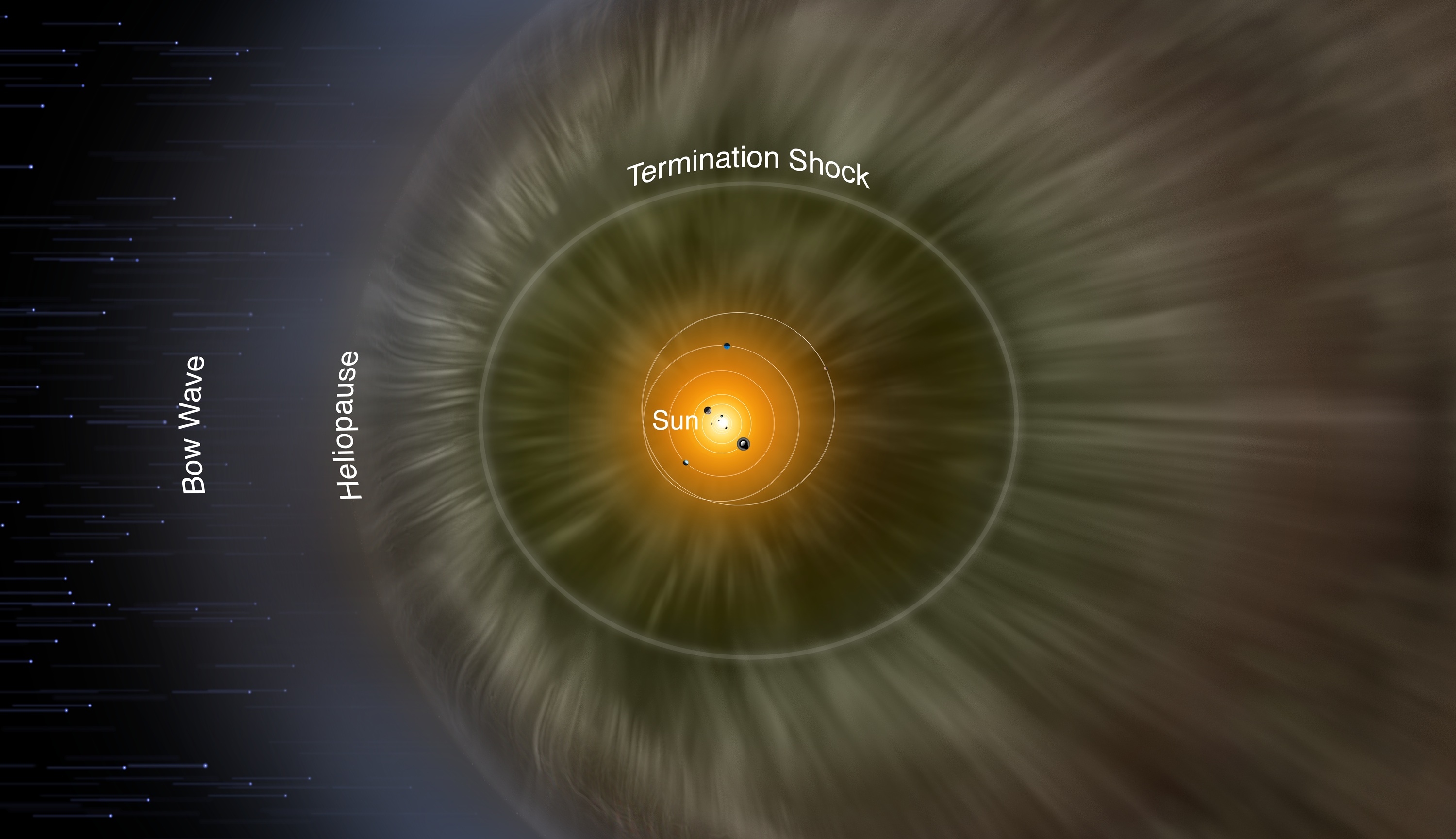We might take the oxygen in our planet’s atmosphere for granted now, but it certainly wasn’t always there. In fact, research from earlier this year suggests that we may have volcanic eruptions to thank for helping the first cyanobacteria put out their waste product that we now need to live. And, by the looks of things, it may not even stick around forever, as it appears our planet’s oxygen is doomed not to stay on this planet (though not for a very long while, anyway, so no need to panic).
Nevertheless, it’s interesting to see how much more we’re learning about our planet’s past and future with each passing day in science—and this day seems set to follow that trend. New research made available in the journal Nature Geoscience revealed that our planet may have been pelted with much more space rocks than originally thought. And, given that these impacts were determined to have had a profound effect on our planet’s atmospheric chemistry, these impacts may have delayed the eventual oxygenation of our atmosphere far more than we thought.
The research effort, led by Southwest Research Institute planetary geologist Simone Marchi, focused on analyzing impact spherules—rock particles embedded in today’s crust formed from once-molten crust resulting from high-energy impacts from impactors like asteroids. The molten crust, ejected from the surface after an impact, blanketed the surface soon after as tiny particles of hardened crustal rock.
In the words of co-author Nadja Drabon, researcher for both the Stanford University Department of Geological Sciences and the Harvard University Department of Earth and Planetary Sciences: “In recent years, a number of new spherule layers have been identified in drill cores and outcrops, increasing the total number of known impact events during the early Earth.”
“Current bombardment models underestimate the number of late Archean spherule layers,” said Marchi. “[This suggests] the impactor flux (the rate of impactor collisions) at that time was up to ten (10) times higher than previously thought.”
Marchi and team were led to this result by the amount of these spherules that people have observed from drilling and excavations, implying that scientists may have underestimated the number of asteroid collisions the Earth may have experienced during the Archaean eon—the second eon in Earth’s geologic history, and the time when the crust eventually cooled enough for continents to form and the earliest life on Earth started to appear.
As asteroid impacts carry a lot of kinetic energy with them moments before impact, that energy is transferred to the planet in the immediate vicinity of the impact site, melting surrounding rock and superheating the air around the impactor.
According to co-author and Stanford University astronomer and geologist Laura Schaefer, impacts by objects over 6 mi (9.7 km) in diameter would have “produced enough reactive gases to completely consume low levels of atmospheric oxygen”—meaning the still-small amounts of oxygen that would have been present at the time will have likely reacted and would have been consumed instead of just staying around.
“This pattern was consistent with evidence for so-called ‘whiffs’ of oxygen, relatively steep but transient increases in atmospheric oxygen that occurred around 2.5 billion years ago. We think that the whiffs were broken up by impacts that removed the oxygen from the atmosphere.”
Follow-up modeling revealed that these bombardments would have functioned as an oxygen sink, or a cause for a dip in oxygen levels, similar to how rock weathering exposes metals embedded within to atmospheric oxidation. It was only when oxygen production exceeded these oxygen sink effects did the Earth finally start to build up the atmosphere we now cannot live without—an event called the Great Oxidation Event (GOE).
Marchi continued: “Impact vapors caused episodic low oxygen levels for large spans of time preceding the GOE. As time went on, collisions became progressively less frequent and too small to be able to significantly alter post-GOE oxygen levels. The Earth was on its course to become the current planet.”
References
- Marchi, S., Drabon, N., Schulz, T., Schaefer, L., Nesvorny, D., Bottke, W. F., Koeberl, C., & Lyons, T. (2021). Delayed and variable late Archaean atmospheric oxidation due to high collision rates on Earth. Nature Geoscience, 1–5. https://doi.org/10.1038/s41561-021-00835-9
- Nesvorný, D., Roig, F., & Bottke, W. F. (2017). Modeling the historical flux of planetary impactors. The Astronomical Journal, 153(3), 103. https://doi.org/10.3847/1538-3881/153/3/103
- Sci-News. (2021, October 21). Archean Asteroid Impacts Delayed Evolution of Earth’s Atmosphere, Study Suggests. Sci-News. http://www.sci-news.com/featurednews/archean-asteroid-impacts-10192.html
- Starr, M. (2021, October 21). Asteroids may have stolen the oxygen from earth’s ancient atmosphere. ScienceAlert. https://www.sciencealert.com/asteroids-may-have-delayed-the-evolution-of-earth-s-atmosphere











